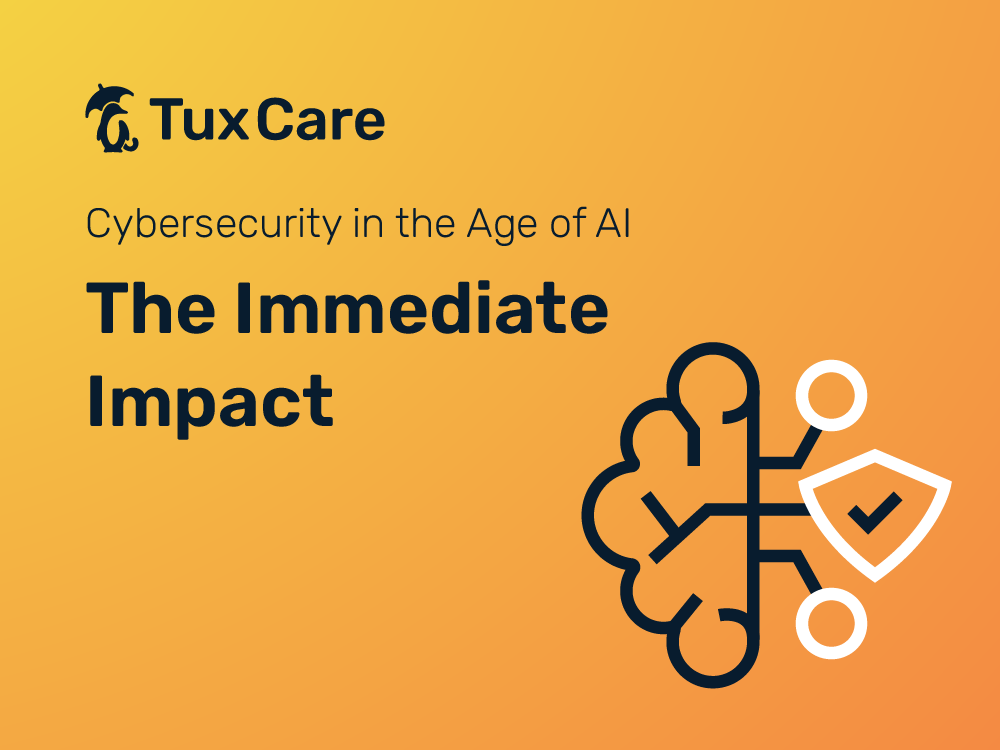Cybersecurity in the Age of AI: The Immediate Impact
Technological evolution can be defined in two contrasting ways: a steady progression marked by incremental improvements or a disruptive leap that redefines the status quo. The latter, often characterized by unforeseen implications and outcomes, tends to prompt seismic shifts across industries and society. As we witness the advent of artificial intelligence (AI), we are amidst such a disruptive leap. Particularly in cybersecurity, AI is no longer a looming future prospect; its impact is unfolding right here and now.
The Current State of AI in Cybersecurity
AI’s role in cybersecurity is a topic I’ve previously written about, with the prevailing notion being that its full impact has yet to be realized. However, this perspective overlooks the immediate and tangible influence AI is currently exerting on the cybersecurity landscape. We can already discern the transformative effects on both the offensive and defensive fronts.
On one hand, AI-driven phishing attacks are becoming more sophisticated and challenging to detect. Innovative forms of social engineering attacks, such as deep faking voices, are now a reality. On the other hand, cybersecurity tools are increasingly integrating AI components to enhance their detection and prevention capabilities.
However, a particularly perilous development is the emergence of AI chatbots with programming abilities. These tools have simultaneously democratized and accelerated malware development, making it more accessible and expedient than ever before.
A Blast from the Past: Script Kiddies Reborn
To understand the gravity of this, let’s take a trip down memory lane. Back when the internet was still in its infancy, hacking was a niche skill. It required a deep understanding of various computing fields, such as programming, networking, and system architecture. Then came the advent of ready-made hacking tools and, suddenly, the landscape changed overnight.
The birth of “script kiddies,” individuals with little to no understanding of the tools they wielded, marked a significant shift in the cyber landscape. These individuals became a smokescreen for more sophisticated actors, making the task of distinguishing serious threats from mere nuisance even more challenging.
Fast forward to today, and we are witnessing a similar scenario. AI chatbots are opening the doors to the new script kiddies, enabling anyone with a basic understanding of how to instruct an AI to generate malicious code. The proverbial bar has been lowered once again, and this time, it’s practically touching the floor.
As a result, the volume of vulnerabilities with exploit code in the wild has risen significantly, adding to the workload of security and operations teams. While previously a small percentage of vulnerabilities had exploit codes available, the current situation sees a majority of them with ready-to-use exploit codes – and when it’s not immediately available it becomes a matter of minutes to change that situation. If security teams were previously struggling with mitigating around 5% of vulnerabilities in a short time, imagine those same teams now grappling with a staggering 90 to 95%. With existing resources, this surge is unmanageable.
This shift also widens the gap between the timing of security compliance and actual security needs. Compliance frameworks often prescribe a 30-day window from vulnerability disclosure to patch deployment. If this already wasn’t effective in meeting security needs in the faraway time of “six months ago,” with the recent advent of AI-enabled rapid exploit development, this timeframe is woefully inadequate.
Cybersecurity needs have outpaced the capacity of traditional compliance frameworks (long ago, and even more now), exposing systems to prolonged risk and vulnerabilities.
Final Remarks
The intersection of AI and cybersecurity presents a dichotomy of promise and peril. On one hand, AI enhances our ability to predict, detect, and respond to threats. On the other, it’s giving rise to a new breed of threats that are more sophisticated, adaptive, and rapid than ever before.
As we navigate this new era in IT, characterized by AI-powered interactions, we stand at an unprecedented moment where most of the tools and processes we used are likely not going to keep up with the new developments.
AI’s potential to augment productivity, particularly in rule-based activities, is enormous. It can revolutionize aspects of cybersecurity like programming, threat analysis, vulnerability testing, and system assessment. But it’s just as effective at improving the other side of the field as well.
Additionally, organizations should advocate for updating compliance frameworks to reflect the rapidly shifting threat landscape.
Ultimately, the battle ahead is not just against malicious actors, but also against time and technological complacency. The rapid pace of AI evolution means that staying one step ahead is more critical – and more challenging – than ever before.
[As a final note, the author unironically acknowledges the use of ChatGPT in the preparation of this article.]



 Documentation
Documentation Login
Login



